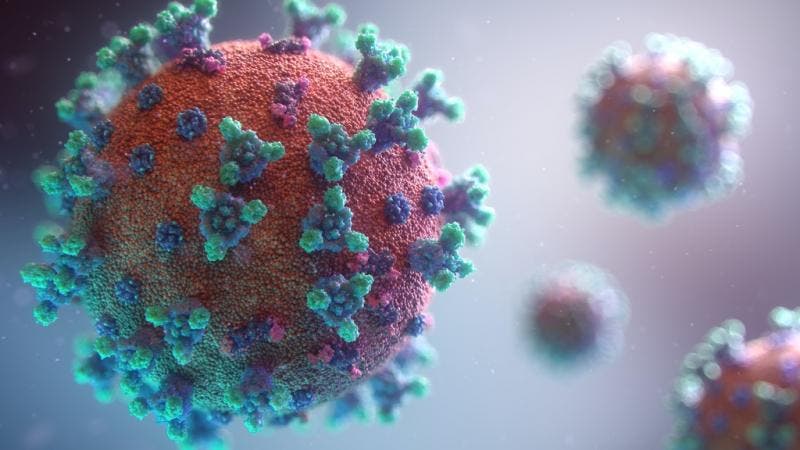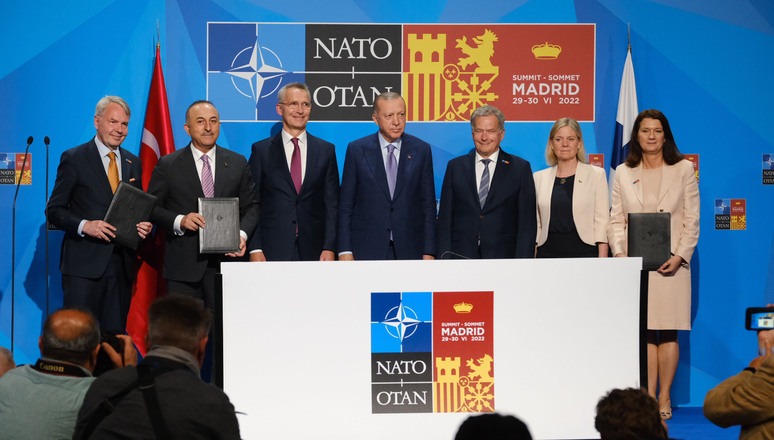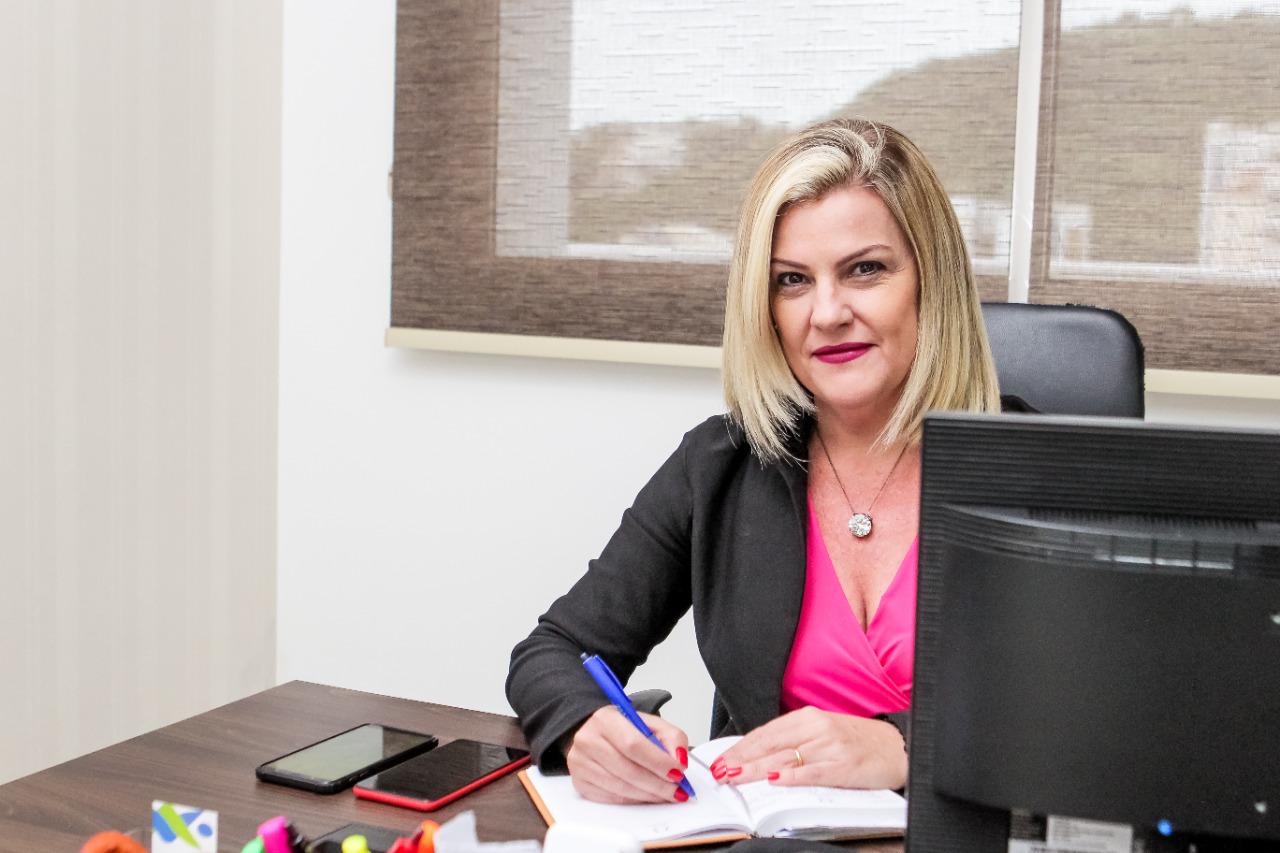The Brazilian government should be attuned to these studies, monitoring the health situation in Brazil, and providing the people with relevant information about the real health situation of the moment.
Unfortunately…
Analysts at the University of Maryland created an analysis methodology in which they use information from Facebook users. The methodology is not absolute, but it serves as a thermometer for what will come in the coming days.
How the methodology works
Facebook users worldwide are randomly selected to answer a survey about their health at the time of the questionnaire, if they feel symptoms similar to those of covid-19 and since they feel them.
The results of this research are available to authorities, researchers and have helped to “predict” new waves 15 days in advance.
Although it does not exactly mean a forecast of growth ―that is, how much the curve may rise ―, the reported data reversed in graphs demonstrate that at this moment there is a steep growth curve and, therefore, worrisome.
Specialist Isaac Schrarstzhaupt, coordinator at Rede Analysis Covid-19, the national network of volunteer researchers to confront COVID-19, said: “I noticed a very strong increase in the reporting of symptoms, which is a prediction of what may happen. It is already possible to see a big rise in the chart”.
The Analysis Network Covid-19 studied the information referring to Brazil and, when crossing it with the official cases registered by the Ministry of Health, realized a high rate of correctness, capable of anticipating the scenario of the sanitary crisis in 15 days before what they will show official bulletins.
People without symptoms of covid-19 can be as contagious as hospitalized patients and 9% of those infected have a very high viral load in the throat, with a third of them showing no signs of carrying the virus, which helps to further spread the cases.
The health outlook for the next two weeks, however, is not good.
Data show the proximity of a new wave potentially more serious in the country, which had already parked at a high level, with an average of almost 2,000 daily deaths from coronavirus and hospitals still under pressure.
Restrictive measures “today relaxed in much of the country” could interrupt this upward curve and the dispersion capacity of the Indian variant. However, the scenario worries experts, who warn of the need for effective policies to curb contagion.
 In the graph, the Analysis Network of covid-19 advances the reported symptom data (lines) by 15 days and superimposes them on the cases registered by the Ministry of Health (blue bars). The final curve of the lines gives the forecast of what is to come in the coming weeks. ANALYSIS NETWORK COVID-19 / REPRODUCTION
In the graph, the Analysis Network of covid-19 advances the reported symptom data (lines) by 15 days and superimposes them on the cases registered by the Ministry of Health (blue bars). The final curve of the lines gives the forecast of what is to come in the coming weeks. ANALYSIS NETWORK COVID-19 / REPRODUCTION
“If the [covid-19] data follows the path of the other waves, in the next 15 days we will have a strong rise. I make reservations as this is a survey, with adjacent data”, says Schrarstzhaupt. Then stating that the situation “is very bad and I do not see a region with a more serious scenario. The increase in people reporting symptoms is constant across virtually the country.”
The arrival of winter leads to a seasonal increase in respiratory diseases, but a further acceleration of the pandemic has other concerns:
- First, health systems have not vented enough to be able to respond to a new exponential rise and are already under pressure in various parts of the country.
- Second, the restrictive measures have already been quite relaxed ―President Jair Bolsonaro even called the Supreme Court to try to reduce them even further in some States― and the movement of people borders on normality.
- Third, the equation includes the arrival of the new Indian variant, which may further accelerate the growth of contamination, depending on its behavior with the Brazilian P1. Both are more transmissible.
“Brazil seems to have given up protecting itself and being in reclusion” laments Schrarstzhaupt.



